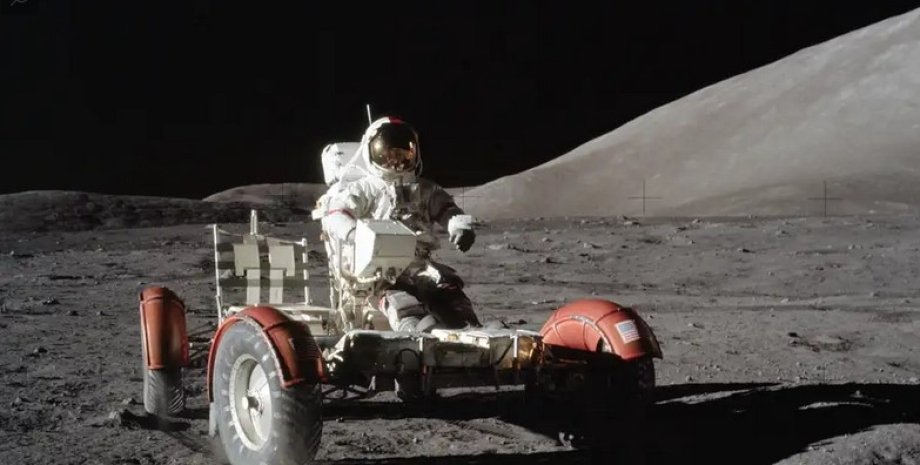
Battle for the Moon. The US and China plan to land a human in the same place
The two countries may have to compete for limited resources on the surface of the moon.
The South Pole of the Moon can get a little tight because both NASA and the Chinese Space Agency want to start exploring the Moon in the same places. Both the US and China want to get the most out of mining the moon’s limited resources, and this could lead to conflict, writes Gizmodo.
NASA plans to return a man to the moon in 2025 as part of the Artemis 3 mission. Focus has already written about this mission, as well as the fact that NASA planned to send a spacecraft to the moon on August 29 as part of the Artemis 1 mission. The launch was canceled due to technical problems and postponed to September 3.
According to NASA’s plan, in 2025, a human foot will again set foot on the moon for the first time in 50 years since the end of the Apollo missions. In this regard, as already written by Focus, the American space agency presented 13 possible places for astronauts to land on the moon.
The landing of a man on the moon should take place in the region of the South Pole of the Earth’s satellite. This region is of particular value because it is most likely to contain water ice in the shadowed regions of the Moon’s surface.

The landing of a man on the moon should take place in the area of the South Pole of the Earth’s satellite. This region is of particular value because it is most likely to contain water ice in the shadowed regions of the Moon’s surface.
Water is not just a valuable resource, it is a vital resource not only for the astronauts themselves, but water can also be used to produce rocket fuel. Yes, the Moon can become an outpost for flights to Mars.
China also wants to use these and other valuable resources. Recently, Chinese scientists presented 10 potential landing sites for new spacecraft. And the most interesting thing is that they somewhat coincide with the places determined by NASA. Like the Americans, the Chinese want to land in the South Pole area, near the Shackleton, Haworth and Nobili craters.
But if NASA is already planning to land astronauts on the moon in these places, China is still planning an unmanned mission called ‘Chanye-7’. It will include an orbiter, a lander, a lunar rover and even a small flying vehicle. Chinese scientists also want to start a ‘hunt’ for water ice, and that mission is planned for 2024.
It is very difficult to choose an ideal place for landing on the Moon. After all, there are places that are constantly exposed to solar radiation, and there are places that are in the shade. Planning a lunar mission requires that the landing region needs a combination of both.

It is very difficult to choose an ideal place for landing on the moon. After all, there are places that are constantly exposed to solar radiation, and there are places that are in the shade. Planning a lunar mission requires that the landing region needs a combination of both.
Both spacecraft and astronauts need sunlight for energy, and water ice can be found in shaded areas. Yes, there are not so many options for the correct landing sites on the Moon, both at NASA and at the Chinese Space Agency.
The situation is aggravated by the fact that the USA and China are competitors in the development of the moon. Both countries want to build lunar bases on the South Pole of the Earth’s satellite as early as the 2030s. And now there are no signs of cooperation in this regard between the two countries.
Focus already wrote that two months ago, the head of NASA accused China of trying to ‘capture’ the moon, but China rejected these accusations. Later Focus wrote that scientists explained why China will not be able to establish control over the Earth’s satellite.
And a few days ago, the head of NASA, Bill Nelson, criticized China’s approach to space exploration and said that China is not ready to cooperate with the United States. In response, Chinese media criticized NASA’s lunar program after the Americans failed to send the Space Launch System carrier rocket to the moon as part of the Artemis-1 mission.
According to Gizmodo, the United States and China are currently reducing the number of potential landing sites for both astronauts and spacecraft. And it is still unclear what will happen when these places on the Moon coincide.
Focus also wrote that scientists have estimated the exemplary value of all the resources that can be found on the Moon, and it turned out to be a very impressive amount.

